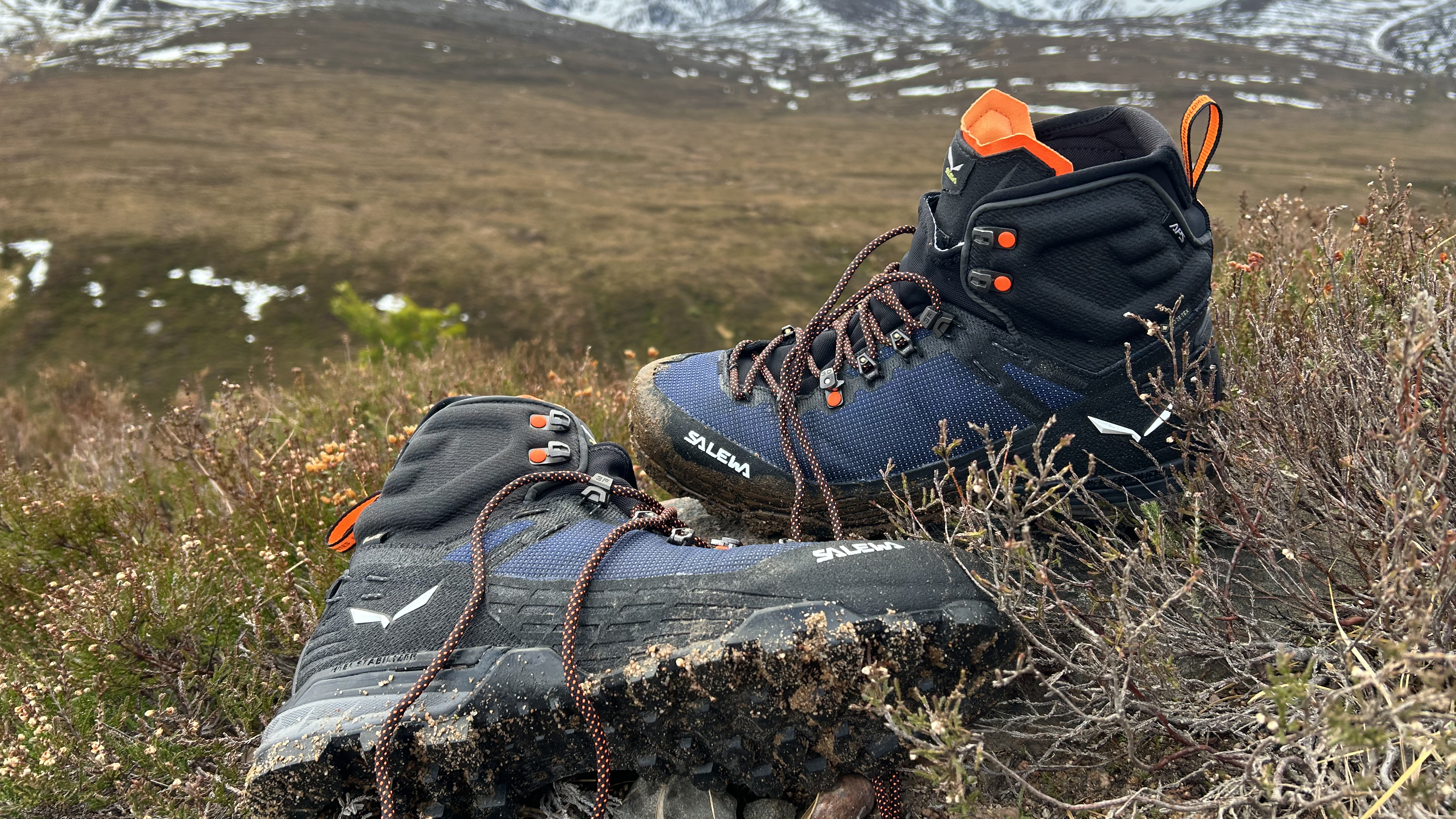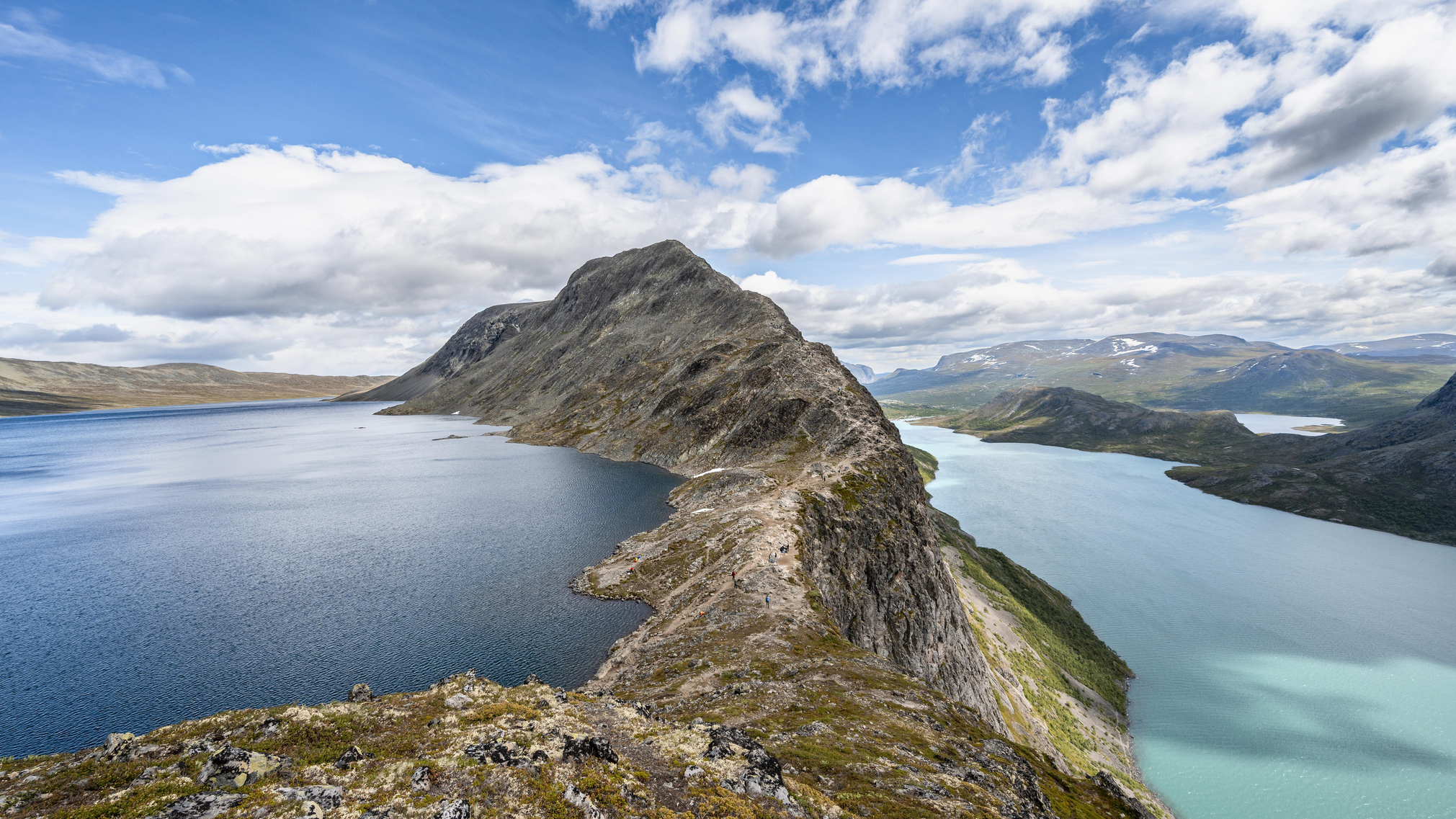Advnture Verdict
A very capable mountaineering boot with a modern aesthetic and innovative design touches. The comfort is excellent, the fit can be adapted thanks to an additional insole option and its relatively low weight means that it’s a pleasure to wear for prolonged periods. It’s crampon compatible too for winter adventures, though its sole isn’t as stiff as many mountaineering boots so it isn’t the best choice for steep ice or more technical alpinism.
Pros
- +
Impressively lightweight
- +
Very comfortable for a mountaineering boot
- +
Grippy Pomoca outsole
- +
Nicely cushioned and elasticated heel
- +
Good levels of protection from rock and scree
- +
Innovative lacing system
Cons
- -
Outsole isn’t as rigid as more technical boots
- -
Not as durable as leather boots
You can trust Advnture
The Italian – but German-speaking – region of South Tyrol is a magnificent alpine arena that plays host to a range of staggering mountain ranges, including large parts of the world-famous Dolomites. The region produced arguably the world’s greatest ever mountaineer, the legendary Reinhold Messner, and is home to leading European mountain brand Salewa. Its spectacular highest mountain, the Ortler, is known in German as König Ortler. König is the German word for King.
Founded in Munich in 1935, these days Salewa is based in Bolzano, South Tyrol’s capital. Take a peek at its mountaineering clothing and equipment and you’ll see many pieces that are named in homage to the Ortler, or Ortles in Italian. From mountaineering boots and robust waterproof jackets to down jackets and technical backpacks like the Ortles Wall 38L, the Ortles range has just about everything an alpinist needs to tackle the big mountains with confidence.

There are three members of the Ortles boot family: the Light, the Edge and the Ascent. The Ortles Light, as its name suggests, is the lightest option, designed for fast alpine missions. The Edge is only slightly heavier, offering rugged versatility – a solid all-rounder. The Ascent swaps the synthetic uppers of the Light and Edge for a robust suede upper and features Vibram, rather than the Pomoca, in the rubber outsole. It’s the heaviest, most expensive and most technical of the trio.
I was stoked to test the all-rounder, the Ortles Edge Mid Gore-Tex mountaineering boot, through the winter season. It would be interesting seeing how well it took to the unique challenges of the UK’s winter mountains.
First Impressions
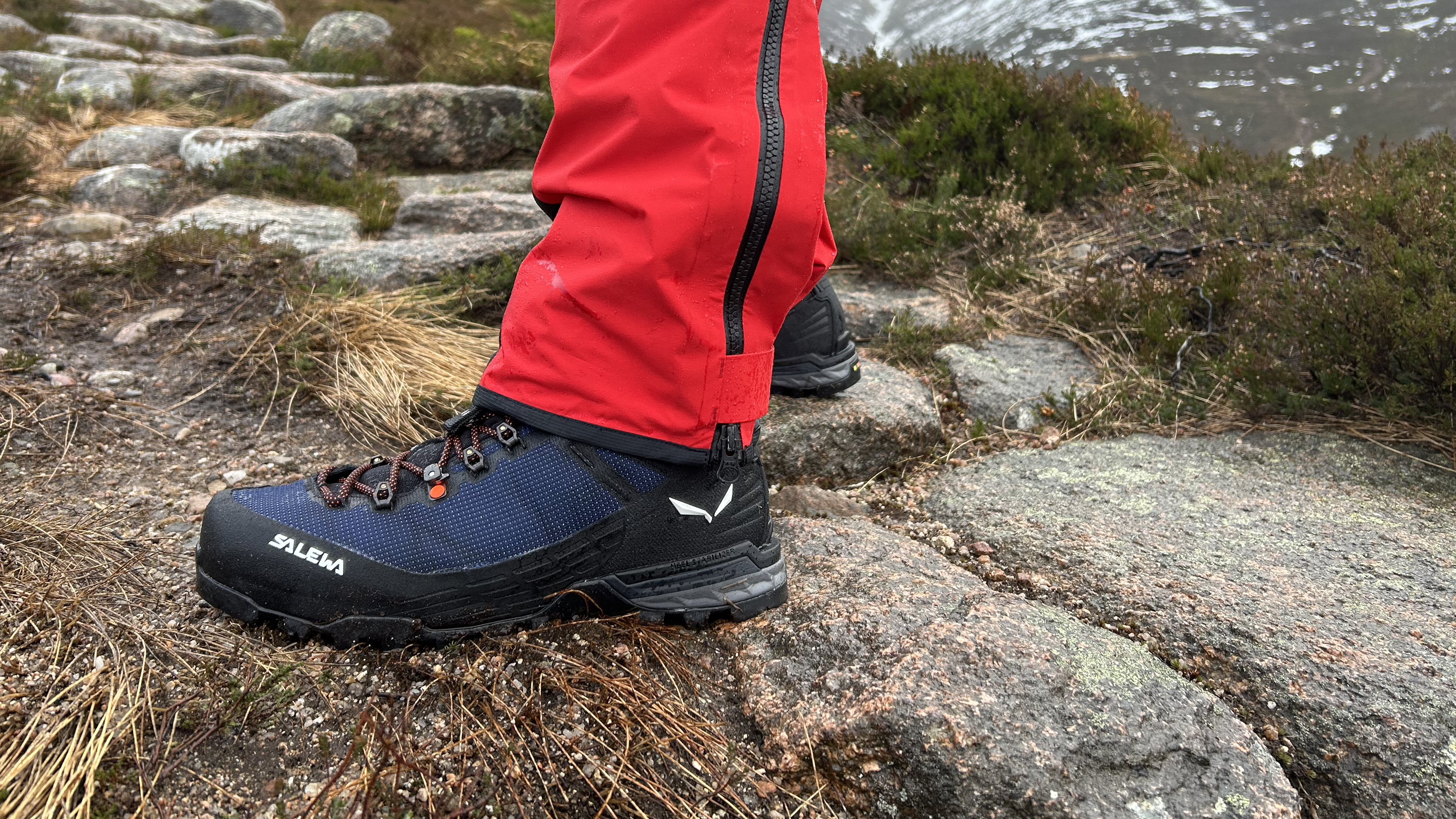
List price: $349.95 (US) / £315 (UK) / €360 (EU)
Weight (per shoe): 635g / 22.4oz (UK 8)
Materials: Pomoca Alpine Dynamic rubber outsole, nylon and EVA layer insole, Dual Density EVA midsole, Gore-Tex lining, nylon Schoeller fabric upper, nylon elastic gaiter and TPU rand
Colors: Black, Blue Navy / Black
Versions: Men’s and Women’s versions available, as well as Light and Ascent versions
Best for: Alpinism, winter mountaineering, scrambling
My first impression of the Ortles Edge was its contemporary aesthetic. The use of nylon instead of leather, the elasticated heel gaiter and the angular, flexible lace hooks all create a sense of modern, cutting-edge design. It does away with the traditional looks seen in many Italian boots, such as the Zamberlan Baltoro 1000 GTX or the Aku Tengu GTX, to achieve something that looks fresh, without the racecar showiness of something like Scarpa’s Ribelle Lite HD.
So, we’re dealing with smart and modern mountaineering boot here. First wear revealed a less rigid fit than most, even compared to a classic like La Sportiva’s Trango Tower GTX. For a mountaineering boot, the comfort here is exceptional. When I wiggled my feet around, it was only at the toe where I was reminded of the fact that I was wearing robust beasts designed for wedging into cracks or kicking steps into frozen terrain. They feel softer than much of the competition, perhaps due to their use of synthetic materials.
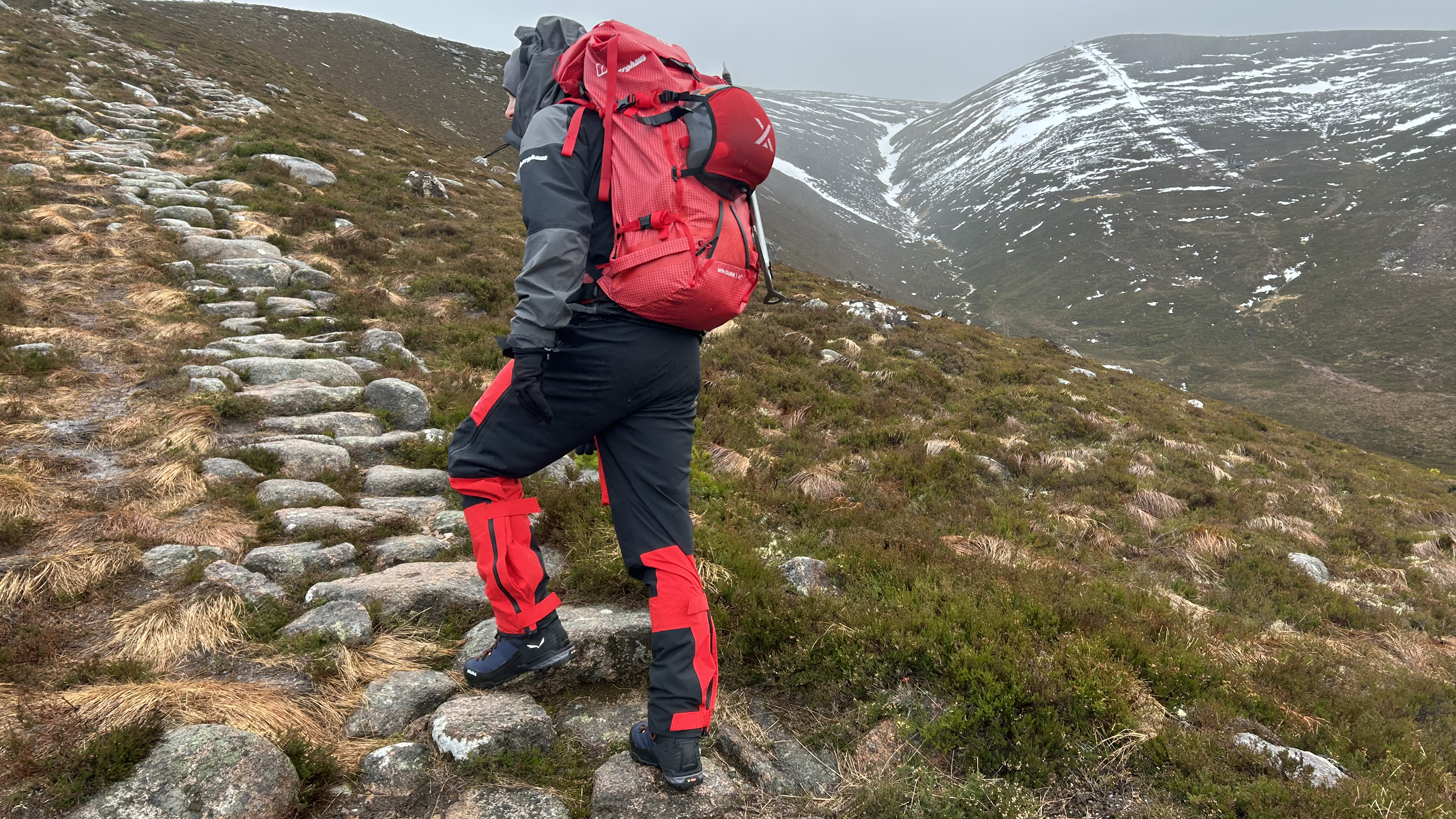
I was immediately taken with the elasticated nylon heel gaiter and the amount of padding around the ankle. It not only makes taking them on and off easier, I suspected straight away that it would equal greater comfort in this high wear area in the long run. There are a few places that mountaineering boots can rub during a long, challenging day out and the top of the Achilles is a prime candidate – a boot’s Achilles heel, if you will. I was intrigued to see if the Ortles Edge’s elasticated heel would solve this issue.
Meet the reviewer

Alex is a qualified Mountain Leader and former President of the London Mountaineering Club. He is a keen mountaineer who enjoys both Scottish winter adventures and alpine exploits. An expert of mountain footwear, he’s tested a range of shoes and boots down the years and knows what comprises a quality pair.
Features
As mentioned, the Ortles Edge makes use of hard-wearing nylon in the upper, provided by Swiss outdoor textile manufacturer Schoeller. This is complemented by a TPU rand around the front of the foot and reinforcement at the heel. These protective features are essential in a winter boot, protecting the foot from the rigors associated with mountaineering.
As usual with Salewa’s mountain footwear, the boot features the brand’s 3F system, a web of Kevlar cables that sit between the outer and the waterproof membrane to enhance the overall performance, stability and durability of the upper. As advertised in the boot’s name, Gore-Tex provide the 'Performance Comfort' breathable, waterproof membrane.
Like the excellent Salewa Pedroc Powertex hiking shoes that I reviewed last year, the Ortles Edge deploys Pomoca rubber in the outsole. Pomoca is a Swiss manufacturer of ski touring skins and rubber soles and is part of the wider Oberalp Group, which also includes Salewa and Dynafit, among others. The design of the Alpine Dynamic outsole is fairly standard for this kind of boot, with approach shoe style flat climbing zones at the toes and heel and spaced lugs in between for traction on mixed terrain. This pattern makes them grippy on rocky, scrambling terrain, while the heel welt makes them compatible with C2, step-in crampons.
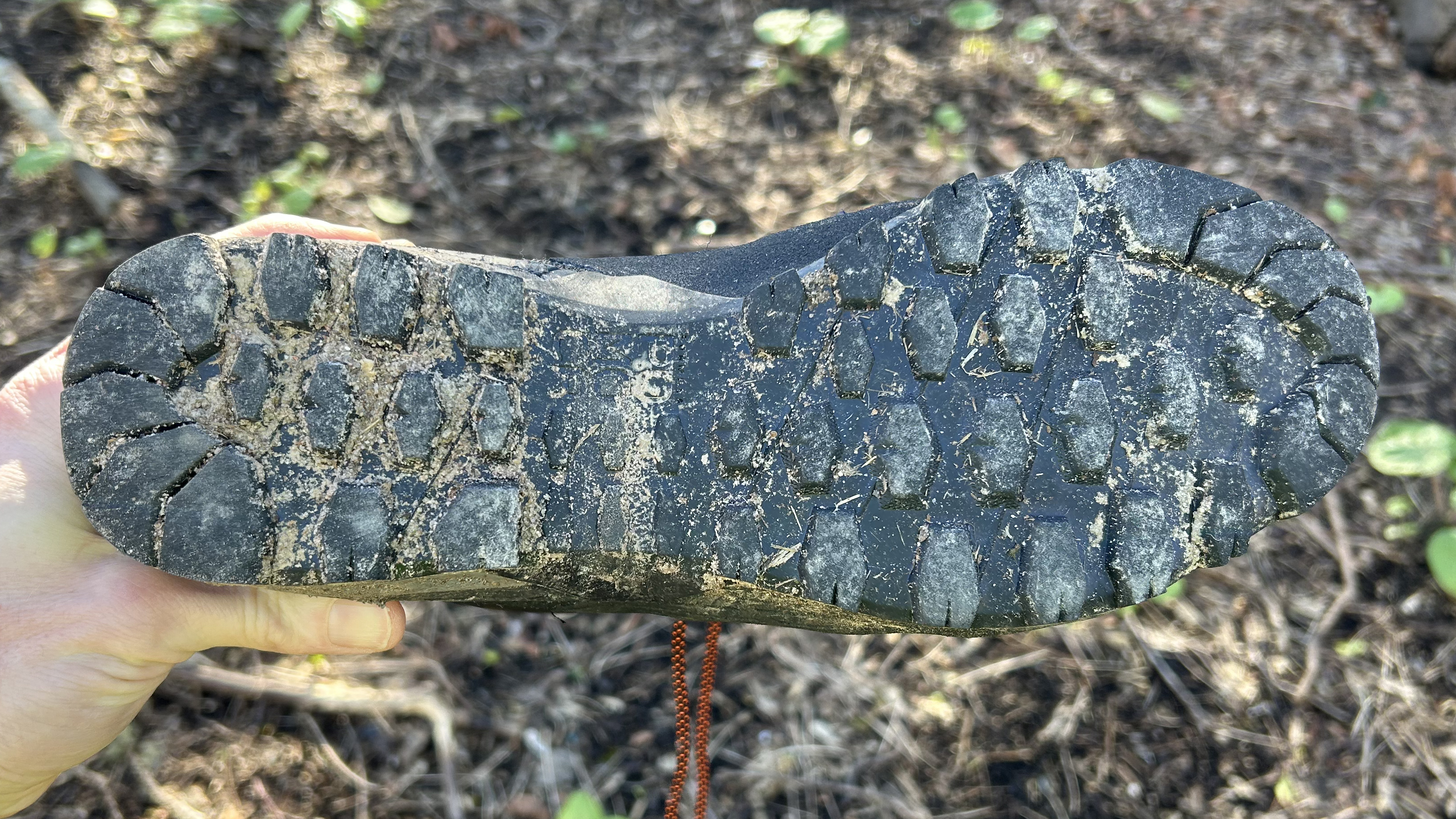
There’s noticeably more flex in the forefoot region of the outsole than in many mountaineering boots, which would be a concern on the sort of highly technical ground where a properly rigid sole is a must. These aren’t for ice climbing or truly challenging alpinism but they're great for classic mountaineering and winter walking.
Cushioning comes courtesy of a dual-density EVA midsole, providing comfort on those long walk ins. Better still, there’s customization in the form of the Multi Fit Footbed Plus system, allowing the wearer to narrow the fit by inserting an additional insole. Salewa’s standard lasts tend to be broad compared to most, so having the option to narrow the fit is a welcome one.
The ankle region has a notable amount of padding and the height of the tongue can be adjusted using a Velcro fastening. This allows the wearer to find the ideal fit and hopefully comfort in what is usually a high wear region. As mentioned, there’s an elasticated heel cuff, which Salewa calls the Ankle Protector System (APS). It’s intended to provide extra lateral support for the ankle during descents and I was intrigued to see the difference it would make.
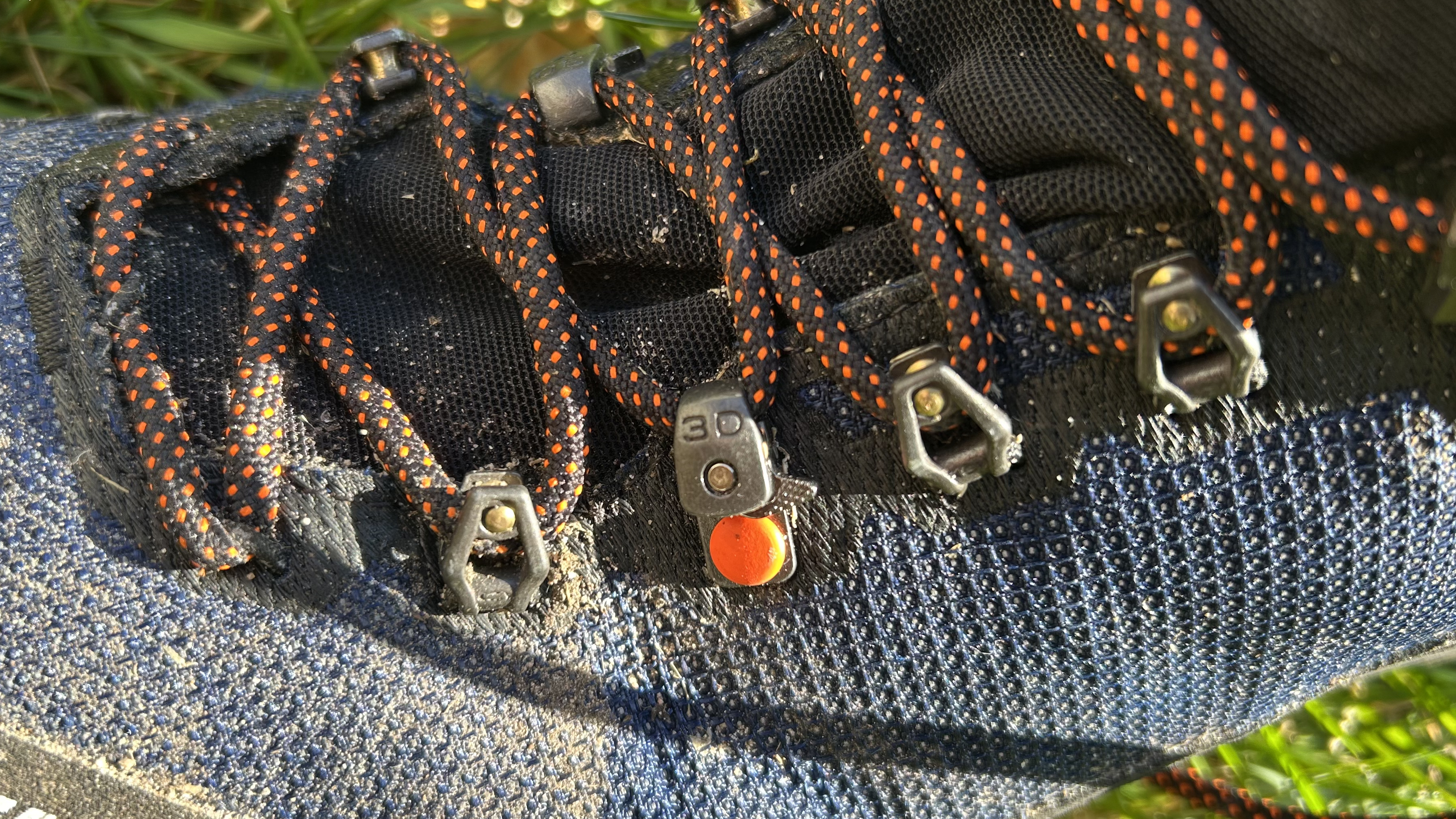
A word on the lacing system, which features adaptive eyelets that sit on little hinges and are free to move with the wearer, helping to support the foot’s natural movement. The third eyelets up from the toe feature a locking mechanism that holds the fit of the lower laces in place and can be loosened via a little lever. It’s a handy design feature when it comes to finding either a tight fit for precision when climbing or a more relaxed fit when covering the long miles. This kind of attention to detail is one of the features that elevates the Ortles Edge above much of the competition.
In the mountains
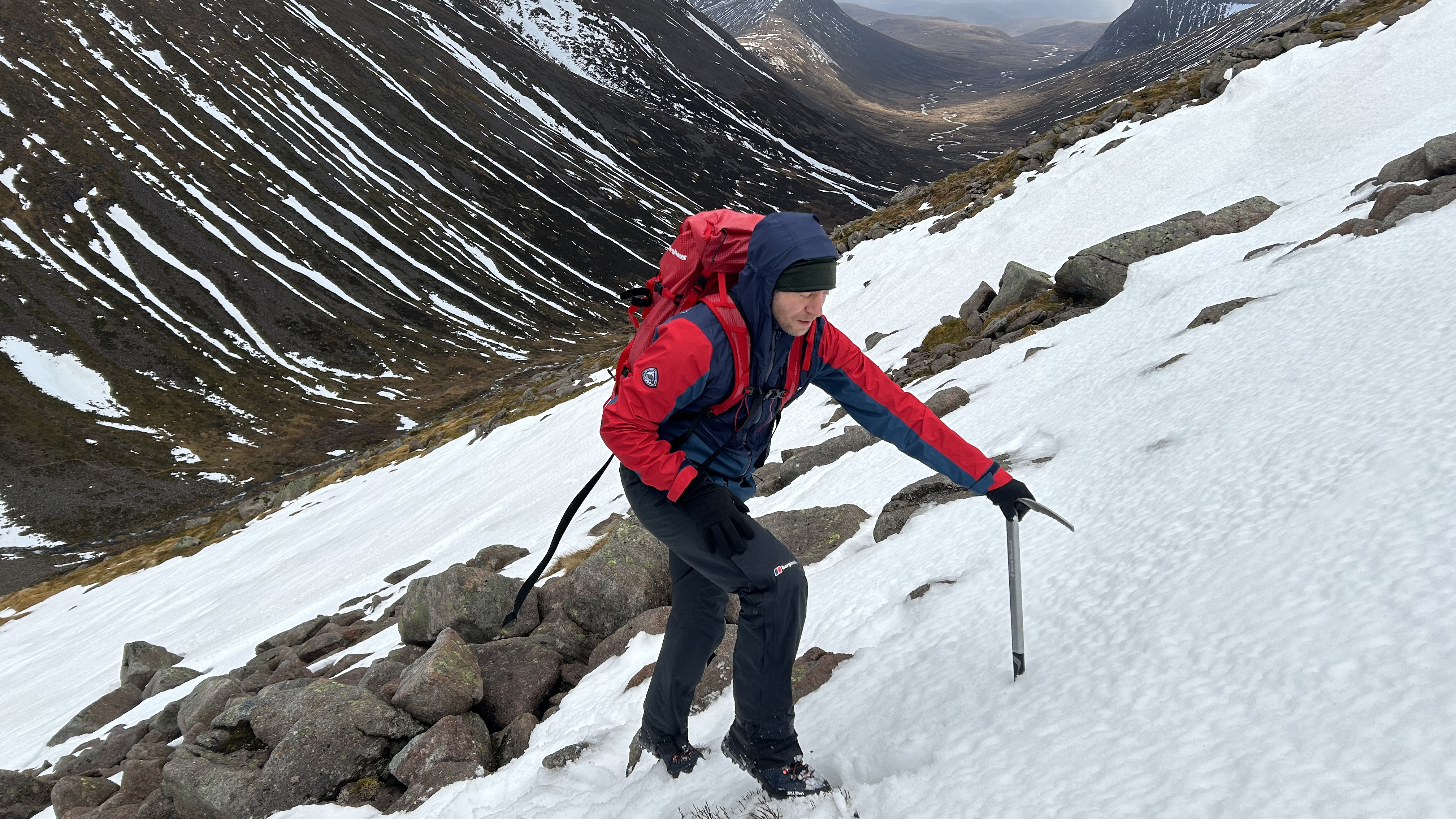
I've been wearing the Ortles Edge throughout the winter season on adventures in Scotland's Cairngorms National Park, England's Lake District National Park and Wales' Bannau Brycheiniog (Brecon Beacons) National Park.
The obvious headline here is that, for a mountaineering boot, these are very comfortable on the trails, much more so than classics like the La Sportiva Trango Tower or the Scarpa Manta Tech. The flexibility in the sole and the ankle, coupled with their relatively low weight (per boot 110g less than the Trangos and 245g less than the Mantas), means that they feel nimble on long approaches and during hiking or scrambling days. Some mountaineering boots I wouldn't consider unless I was heading into wintry terrain – not so with the Ortles Edges.
All of this, of course, comes with a catch. The Ortles Edge's more flexible sole means that it is less suited to steeper, more technical winter climbing beyond the lower grades. If that kinda thing is your bag, you'll be better served by something like Scarpa's Manta Techs.

Nevertheless, for the sort of easy mountaineering and winter walking I enjoy, coupled with long walk ins, the Ortles Edges were ideal. Their sole grips scrambling terrain with aplomb and, once above the snow line, they provided all the ruggedness required to kick steps. I'm looking forward to letting them loose in the Alps, where I'd imagine they'd really come into their own. I coupled them up nicely with the Grivel Air Tech New-Matic EVO Crampons, forming a lightweight C2 crampons and B2 boot partnership that was well suited to low grade mountaineering, where speed takes precedence over technical difficulty.
I endured some fairly cold outings up in Scotland and was half expecting the Ortles Edges to be a let down when it came to insulation, based on their alpine, rather than Scottish winter, credentials. However, I found them to be perfectly toasty. While some of my mountaineering buddies were complaining of cold feet, I was totally fine and my feet were nicely dry. Nevertheless, they're not as insulated as some winter boots and I admittedly haven't tested them in really frigid temps yet.
As for blisters and the like, even after long, committing walk ins, I found my feet were relatively unscathed, even during initial wears. This certainly isn't a boot that needs a whole season to break in.
All in all, an impressively lightweight mountaineering boot that's ideal for the faster, less committing and less technical winter and alpine objectives.
Alex is a freelance adventure writer and mountain leader with an insatiable passion for the mountains. A Cumbrian born and bred, his native English Lake District has a special place in his heart, though he is at least equally happy in North Wales, the Scottish Highlands or the European Alps. Through his hiking, mountaineering, climbing and trail running adventures, Alex aims to inspire others to get outdoors. He's the former President of the London Mountaineering Club, is training to become a winter mountain leader, looking to finally finish bagging all the Wainwright fells of the Lake District and is always keen to head to the 4,000-meter peaks of the Alps. www.alexfoxfield.com
